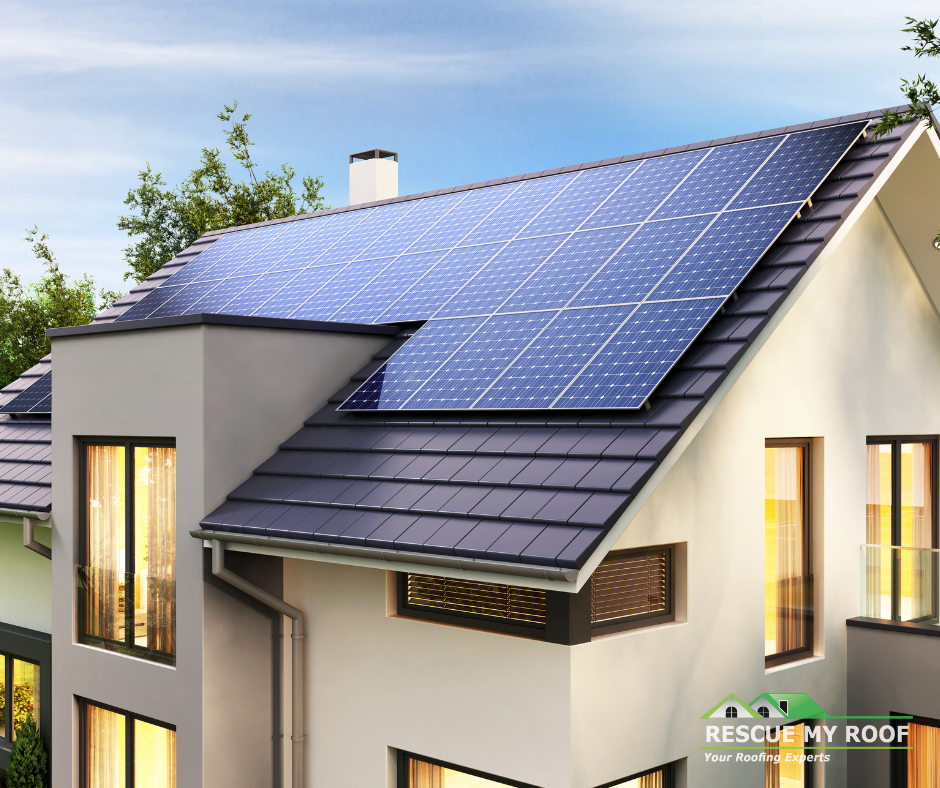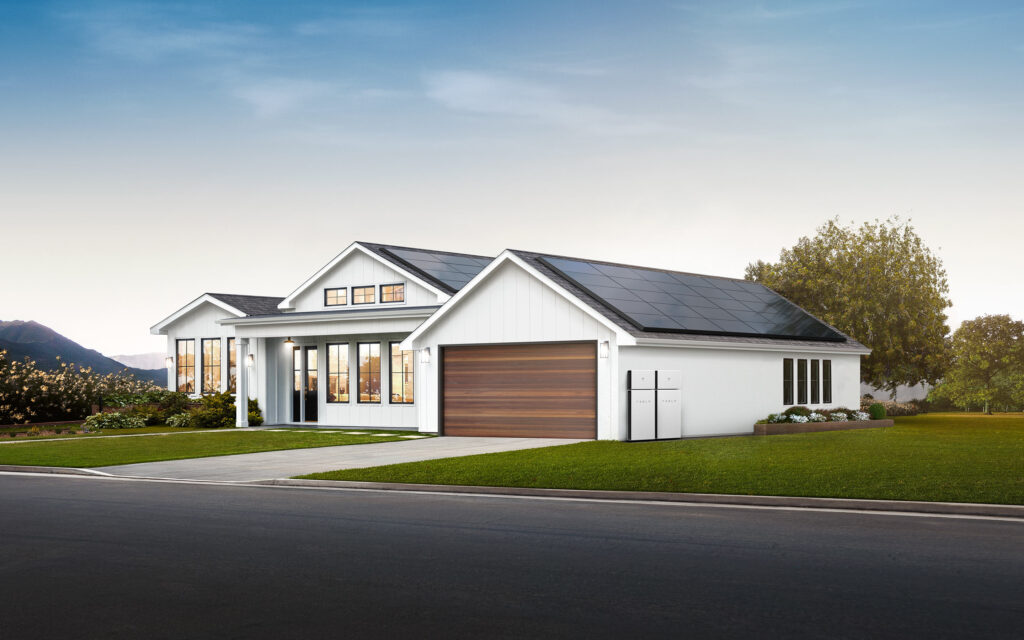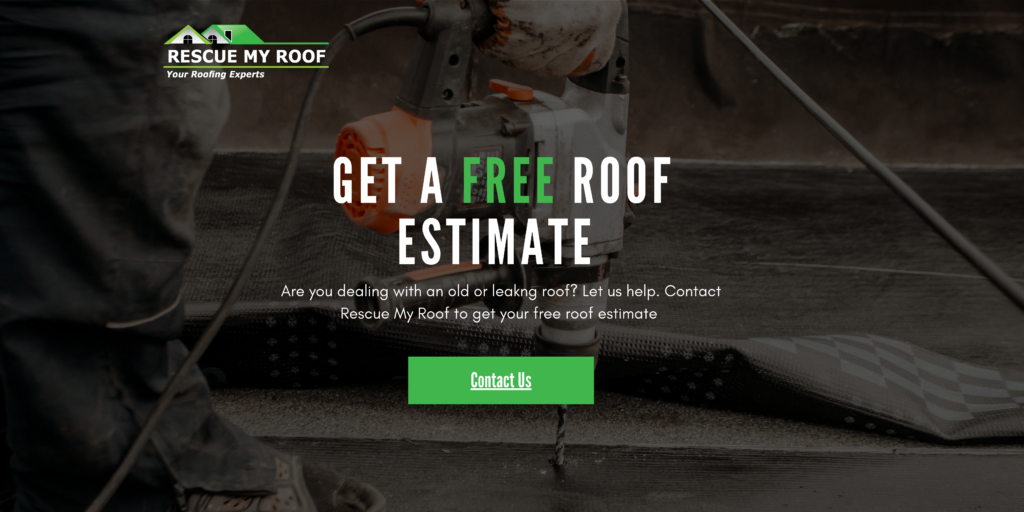Solar Roofs: A Comprehensive Guide

Finding an environmentally friendly way to save money on energy bills is a win for the environment and you.
Solar roofs allow you to capture the sun’s rays to generate energy for your home. This will help you save on energy bills and is better for the environment.
But before you go out and buy solar panels, different types of solar technology can help you meet your energy needs.
Rescue My Roof has been educating homeowners for over a decade, helping them achieve the roofs of their dreams.
This article will detail the available options for solar roofing materials. Ultimately, you’ll know what type of roof will be best for you.
What Are Solar Roofs?
Solar energy is an eco-friendly and sustainable energy source becoming increasingly popular. Solar panels are a common way to harness solar energy, but did you know you can also install solar roofs?
They are becoming more common, and different types of solar roofs are available in the market.
Two Types of Solar Roofs
While there are many variations, there are two main types of solar power for your roofs: panels and shingles.
Solar Roofs
- Solar shingles and tiles
- Little change in home appearance
- Costs $20,000 – $100,000
- No drilling into your roof (with some options)
- Easier to repair
- Less efficient
- Shorter warranty (10-20 years typically)
- Shorter lifespan (commonly, 20 years)
- Fewer skilled installers
Solar Panels
- Solar panels
- Solar array mounted to roof
- Costs $15,000 – $40,000
- Typically requires drilling into roof
- Harder to repair
- More efficient
- Longer lifespan (25-40 years)
- Longer warranty (25 years)
- More installers available
How A Solar Roof Works

Solar roofs were introduced in 2016 by Tesla, but how do they work?
The Tesla roof uses tempered glass to replace all shingles on a roof. These shingles are also solar panels, meaning your roof could generate electricity.
There are also “inactive” panels used in areas that don’t receive light to keep installation and material costs down.
The Benefits of a Solar Roof
Going solar has many benefits – solar roofs and shingles offer all these and more.
The Look
Solar roofs provide the benefits of panels without dramatically changing the appearance of your home.
Solar shingles are designed to look as much like regular roof shingles as possible. They can even be incorporated into an existing tile or shingle roof.
With the Tesla roof, all the tiles look the same regardless of whether they’re active or inactive. This makes solar shingles a great fit for homeowners that don’t like the look of solar panels but want the benefits of a solar roof.
Cost-Effective Roofing
New roofs are expensive, and so are solar installations. You can roll a new roof and solar technology into one with a solar roof.
If your roof needs an upgrade, you can consider a solar roof. It will cost more than a regular asphalt roof but less than a regular roof + solar panel installation.
No External Wiring
Standard solar panels require external wiring that connects the panels to the inverter and a main service panel in your home.
With a solar roof and most solar shingles, all wiring is internal and hidden. This reduces the risk of wind, rain, and wildlife damage.
Additionally, panels often require drilling into the roof – creating penetrations that lead to leaks.
Solar shingles are direct to the deck, attaching like traditional shingles. The risk of damage and leaks dramatically increases with a solar roof.
Easy to Repair and Replace
Solar shingles are lightweight and easy to repair or replace.
If one or two get damaged, you can quickly replace them with new solar or inactive shingles. In contrast, it’s more challenging to repair an entire solar panel.
The Drawbacks of a Solar Roof
Solar roofs offer a lot of benefits – so what’s the catch?
Solar Roof Pricing
Solar roofs are costly. Compared to the price of solar panels ($15,000 to $40,000), a solar roof can range from $30,000 to $100,000.
Additionally, solar roofs produced by Tesla shift prices dramatically and often without warning. And Tesla insists customers buy roofing accessories that increase the cost even more.
Decreased Efficiency
Solar shingles are less efficient than solar panels.
Shingles don’t allow air to circulate underneath, leading them to overheat quickly and impair electricity production.
The lack of efficiency and higher up-front costs creates an extended payback period. Solar roofs only offer the same return on investment as traditional panels if you need a new roof.
Lifespan
Solar roofs and shingles have a shorter lifespan than solar panels.
A standard solar panel can produce electricity at around 80% of the original output for 25 years or more. Shingles maintain that output level for just 20 years and produce less electricity.
Solar panels will be the better option if you need to produce a lot of electricity.
Are Solar Roofs Right for You?
Solar roofs are an incredible technological feat – but are they right for your home?
While they look sleeker than solar panels, they produce less electricity, cost more, and have a shorter lifespan.
Unless you have a budget and are willing to invest solely for the appearance, most homeowners will opt for the cheaper option.
Want to learn more about roofing materials? Read “5 Reasons to Upgrade to Architectural Shingles” and “What Are Luxury Asphalt Shingles?“
Though Rescue My Roof does not offer solar roofs or panels, if you’re looking to repair or replace an asphalt roof, we’re ready to help. Contact us today to get a free estimate.


